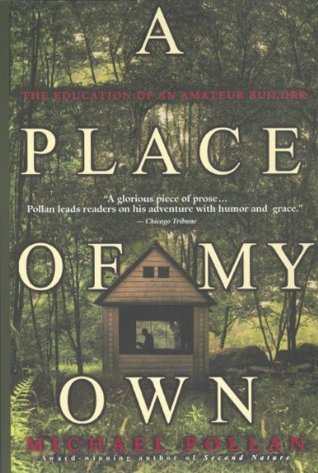More on this book
Community
Kindle Notes & Highlights
Read between
September 2 - September 15, 2017
Yet anyone who reads for pleasure should prize it too, for what is reading a good book but a daydream at second hand?
Daydreaming is where we go to cultivate the self, or, more likely, selves, out of the view and earshot of other people.
He suggests that our sense of space is organized around two distinct poles, or tropisms: one attracting us to the vertical (compelling us to seek the power and rationality of the tower view) and the other to the enclosed center, what he sometimes calls the “hut dream.” It is this second, centripetal attractor that inspires the child to build imaginary huts under tabletops and deep inside coat closets, and draws the adult toward the hearth or the kitchen table, places of maximum refuge that hold us in a small, concentrated circle of warmth. These, in Bachelard’s terms, are huts too.
It reminded me just how much of reality slips through the net of our words, and that time spent working directly with the flesh of the world is the best antidote for abstraction.
The place stood apart, and I knew it was that part of me—the self that stood a little apart—that I intended this building to house.
It might be that I wished for a place that stood a little apart from this life of mine, but only to get a better view.
For me, the irony of this situation was inescapable, a bad joke. I’d come to building looking for a way to get past words, only to learn from an influential contemporary architect that architecture was really just another form of writing. This was definitely a setback.


